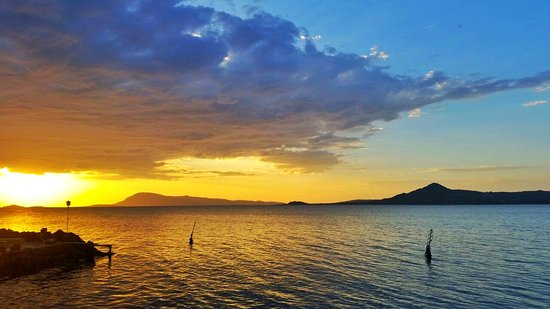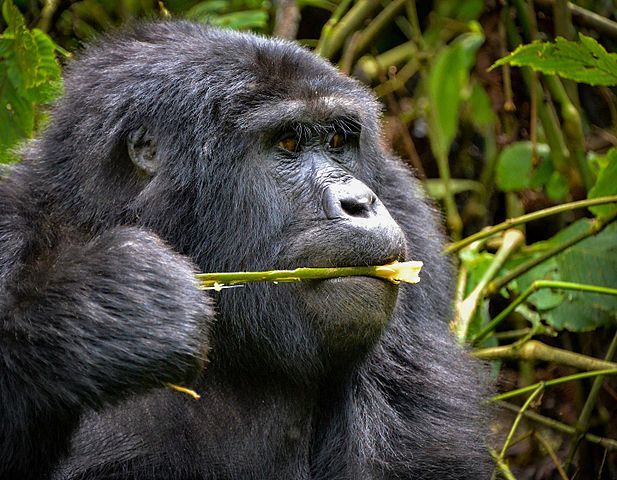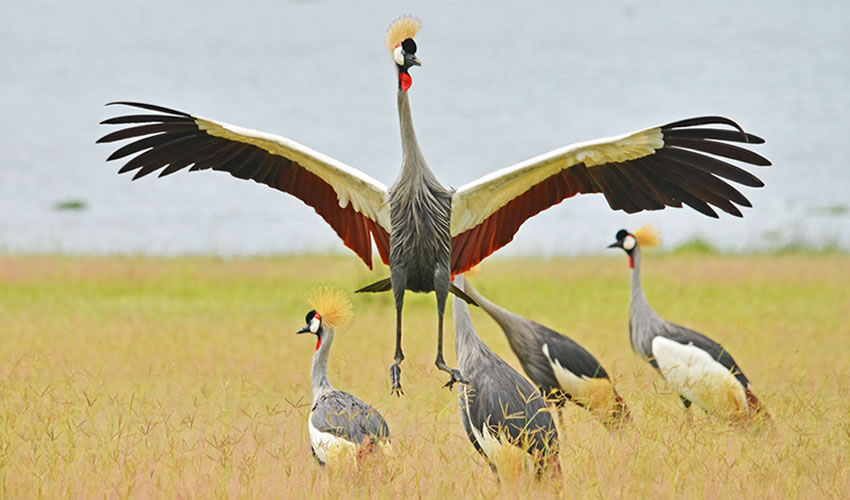Where is Uganda found in the world? Uganda is a wonderful country that everyone would wish to visit. The country is landlocked and is found in the Eastern African continent, and it is known for having several tribes and ethnic groups that make it unique to all other African countries.
English is the official language, and it is dominated by the religion that unites the people, who come together to pray.
People congregate in Kampala, Uganda’s capital city, a lush with hundreds of small recreational areas and gardens, as well as a stunning walkway along the shores of Lake Victoria, Africa’s biggest freshwater lake. The Swahili language binds the nation to Kenya and Tanzania, and others east African neighbors.

Uganda s the country is surrounded by her neighbor states on the north by South Sudan, on the east by Kenya, on the south by Tanzania and Rwanda, and on the west by the Democratic Republic of the Congo.
Kampala, Uganda’s capital, is constructed around seven hills at the beaches of Lake Victoria, which forms part of the Kenya-Tanzania border.
Uganda is a popular tourist destination in East Africa, Africa, and throughout the world. Uganda has gorgeous scenery, a diverse range of intriguing plants and wildlife, and lovely people.
A larger park in Uganda’s southern area is made up of Lake Victoria, the world’s second biggest fresh water lake and the source of the Nile, the world’s longest river.
Let’s talk about Uganda’s wildlife
Lions and leopards are currently mostly found in wildlife preserves and national parks, but they are occasionally observed outside of these areas. Hippopotamuses and crocodiles can be found in most lakes and rivers, but not in Lakes Edward and George.
The country is also the primate capital, with mountain gorillas, chimps, and tiny forest elephants only found in the far western reaches of the continent. The west and north are home to elephants, buffalo, and the Uganda kob (an antelope), while the north is home to black rhinoceros and giraffes.

Zebras, topis, elands, and roan antelopes can be found in both the northeastern and southern grasslands, but oryx, larger and lesser kudu, and Grant’s gazelle can only be found in the northeastern grasslands.
Uganda is home to a wide range of bird species, including several that are endangered. The majority of the country’s national parks offer great chances for bird viewing. Ngege (a Tilapia species that builds nests in freshwater), tiger fish, barbels, and Nile perch are among the country’s diverse fish.
The Ugandan vegetation is thickest in the south, while in central and northern Uganda, it generally becomes forested savanna (grassy parkland).
In the south, dry acacia forest proliferates, alternating with grassland and studded with the occasional candelabra (tropical African shrubs or trees with massive spreading heads of leaf) and euphorbia (plants that resemble cactus and contain a cloudy liquid). The vegetation on the Rift Valley floors contains similar components.
Uganda’s climate
Uganda feature the tropical climate which is influenced by elevation and, to a lesser extent, the existence of lakes. Northeasterly and southwesterly air currents are the main air currents. Due to Uganda’s equatorial location, the sun’s declination at midday is practically constant, and the length of daylight is nearly always 12 hours.
All of these features, along with a reasonably consistent cloud cover, guarantee a pleasant climate all year. Most sections of Uganda receive enough precipitation; yearly quantities range from less than 20 inches (500 mm) in the northeast to a maximum of 80 inches (2,000 mm) in the Ssese Islands of Lake Victoria.
In the south, two rainy seasons (April to May and October to November) are separated by dry intervals, however the rare tropical thunderstorm still occurs. A rainy season lasts from April to October in the north, followed by a dry season from November to March.
As a landlocked country, Uganda, located in East Africa, may be reached via the country’s single airport, Entebbe International Airport. Uganda may also be reached by road via its borders with Rwanda, the Democratic Republic of the Congo, Kenya, Tanzania, and South Sudan.


Comment (0)